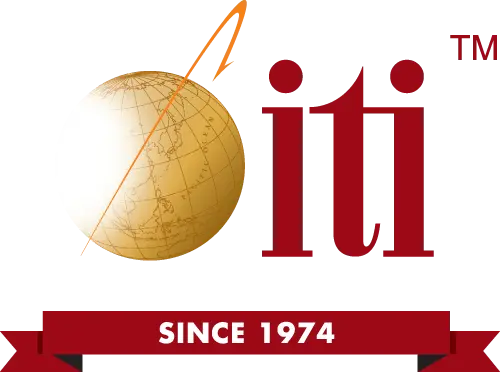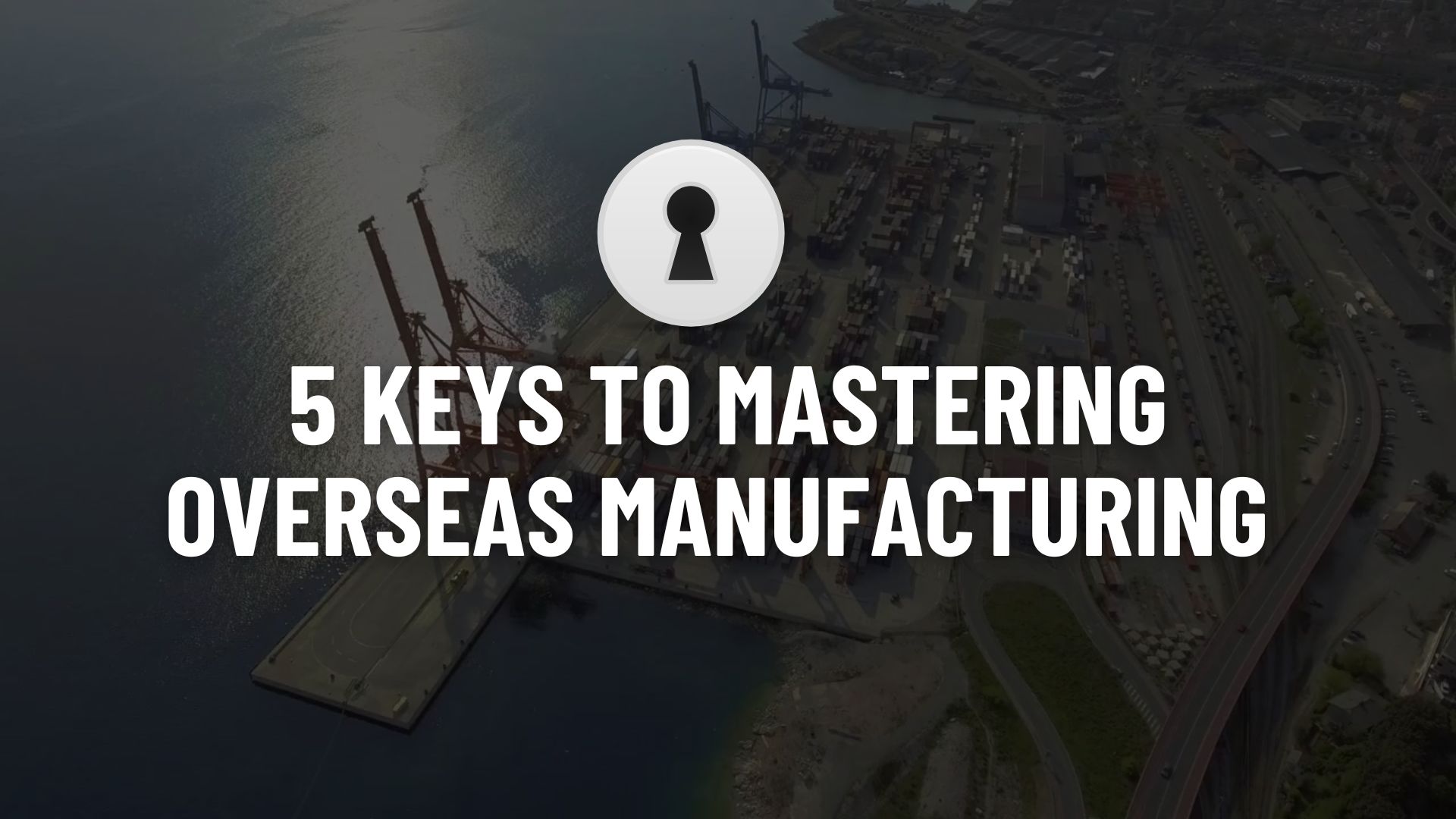Some historical facts boggle the mind: Did you know that India’s history of leading global manufacturing dates as far back as the 16th century? But how could there have possibly been a global manufacturing footprint that long ago, and how could it have been large enough to be referred to as “manufacturing”?
Today, India is commonly regarded as young and still working towards economic stability; in fact, India recently celebrated its 75th anniversary of independence from British rule. However, India’s history stretches back thousands of years, indeed including a period of time in which India was the largest global economic and manufacturing powerhouse before deindustrializing over centuries of conflict, political chaos and foreign conquest.
Over the last few decades, India has reinvented itself as a developing international economic player in many ways, one of which being a rapidly expanding global manufacturing base competing with China, Mexico and Southeast Asia.
How India Is Pulling Ahead in Global Manufacturing
It is true that India controlled about 25 percent of global manufacturing in the mid-1700s, largely based on textiles, shipbuilding, steel, munitions and spices. Today, India manufacturing is still heavily weighted by textiles and steel products, though it has expanded into many new product types.
Growth of this magnitude did not come overnight, as India’s government, entrepreneurs and labor force have all worked tirelessly for decades to get here. This ambitious spirit is still strong and growing, and serves to offer foreign import buyers a host of benefits when they partner with Indian manufacturers, including:
- Excellence in key industries: India is a recognized leader in key product types such as mineral fuels, semiprecious stones and metals, machine tool parts, chemicals, computer hardware (though not necessarily semiconductor products), electronics, and pharmaceuticals. Buyers looking to outsource products of these types can find ample established manufacturing options in India.
- Low labor costs: Compared to China and Southeast Asian labor markets, India’s cost of labor is still relatively low and thus highly attractive. Given India’s economic structure and current developmental progress, this price advantage is predicted to exist for decades to come as well. On a purely hour-unit basis, some sources put India’s costs at approximately one-half to one-quarter that of China’s, depending on the industry and region.
- High labor availability: India has a massive population, a growing portion of which possesses higher education. Overall, this labor contingent of 500 million people keeps employment competition high and wages low. More so, huge waves of new workers are added to the workforce each year, many of whom already speak English. This untapped labor pool makes the country’s scaling up of manufacturing efforts a long-term inevitability.
- Governmental policy support: India’s governmental and regulatory landscape is significantly pro-manufacturing, helping both domestic and foreign manufacturers enter the market with relative ease. In addition, India is regarded as relatively stable on the geopolitical front, as the country has strong, unified developmental aspirations given its history.
- Regulatory familiarity: India’s commercial legal system still largely reflects the British Common Law legal system, making it similar to other Western legal systems that bear the same origin. For this reason, contracting and defending legal terms with Indian manufacturers is a familiar process, much easier to navigate than completely foreign legal systems such as in China. (Fortunately, our clients can be assured that ITI Manufacturing will help them with contracting and legal terminology in whatever country they choose for manufacturing projects.)
- Service-based history: India has long been an outsourcing destination for service-based labor such as telephone customer service, technical support and a wide array of B2B back-office support. While these fields have been reduced or automated in recent years, the supporting infrastructure and education paths are still in place and are now feeding into manufacturing arenas. For U.S. companies looking for manufacturing, India’s existing integrated support structure and Western-familiar labor force are value-adds.
Weighing Out Potential Hurdles and Other Considerations
While India has many striking features in comparison to alternative manufacturing centers such as China and Mexico, these benefits do not come without potential hurdles that must be cleared to achieve complete project success, including:
- Low standardization: In some ways, India’s 28 states and eight union territories may seem more like different countries than parts of a singular whole. Reminiscent of the cultural self-sorting that the United States has gone through over its history, India territorial growing pains are even younger and more pointed. For this reason, standardized technologies, commercial practices and interactive norms are not yet ironed out, which can make doing wide-scale business across Indian regions challenging.
- Logistics difficulties: While major urban centers and shipping routes do exist across India, they are few and far between. Interconnecting infrastructure is not widely developed, making logistics of all sorts difficult, slow and costly. At ITI Manufacturing, we understand that vetting an Indian manufacturer should always include queries about its access to logistics routes and integrity of shipping.
- Intellectual property protection: As with most foreign nations, the concern of intellectual property rights infringement is real and ever-present. India has ranked lower in infringement cases than other nearby countries, but this is no guarantee of perfect security and privacy. Buyers venturing into India manufacturing are always recommended to perform ample due diligence, extensively check supplier reputations and obtain appropriate levels of insurance coverage. These are the types of criteria our team uses when assessing the viability of any manufacturer.
- Longer time cycles: This factor is neither positive or negative: India’s overall cultural timetable is slower than in other countries. Responses take longer, deadlines get missed, order completions can drag out and large black-out windows around holidays and festivals can manifest with little notice. When we suggest contracting with Indian manufacturers, we tell clients that patience is required. We also suggest focusing on regions and even individual manufacturers that are more accustomed to Western time expectations.
- Smaller supply chain scales: India does not have the massive manufacturing footprint that other countries have, relying instead on disparate small- to medium-scale facilities, last-generation or older machinery, and fewer distribution nodes in their supply chains. Buyers looking to India manufacturing will see better success when sending smaller, less technically involved projects, so as not to strain the scale of services available.
- Quality concerns: In a similar vein as the statements on longer time cycles above, India manufacturing norms tend to downplay interest in world-class, ultra-reactive quality control over keeping things slow and inexpensive. Buyers engaging in India can heavily benefit from having local representation that can inspect products during a manufacturing run, as well work with the manufacturer to interpret and implement quality control processes. Without this level of effort, finished product quality may be left wanting.
Considering India Manufacturing? Opportunities exist for U.S. companies in India. With the right vetting, understanding of time constraints and knowledge of local logistics, American companies can make good use of India’s large and educated labor pool. If you’re considering outsourcing to India manufacturing, consider getting guidance from ITI Manufacturing. We’ll put our years of experience to work for you in India and beyond.







